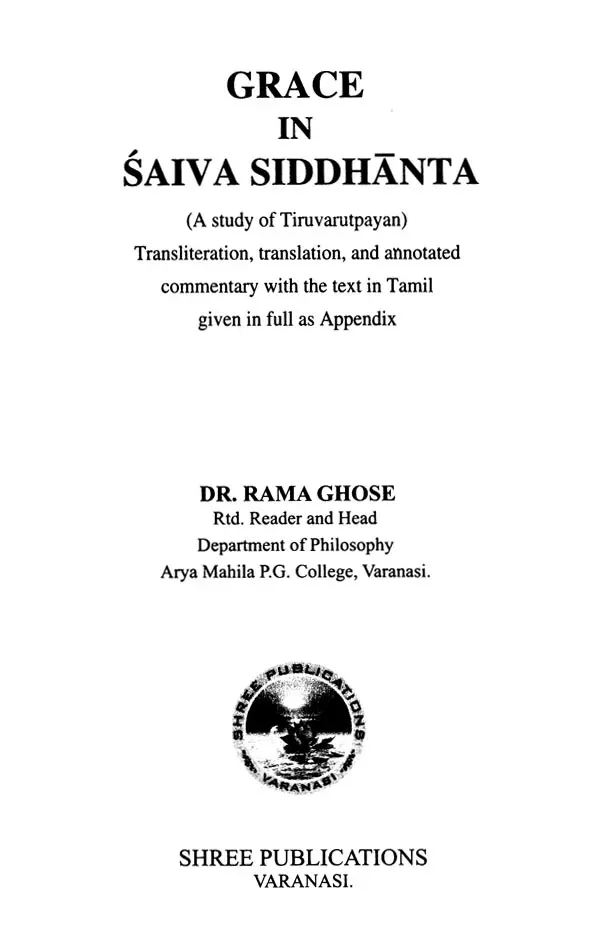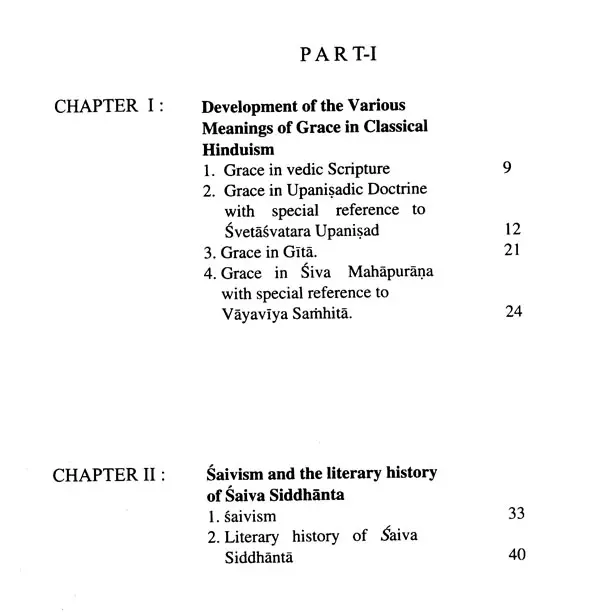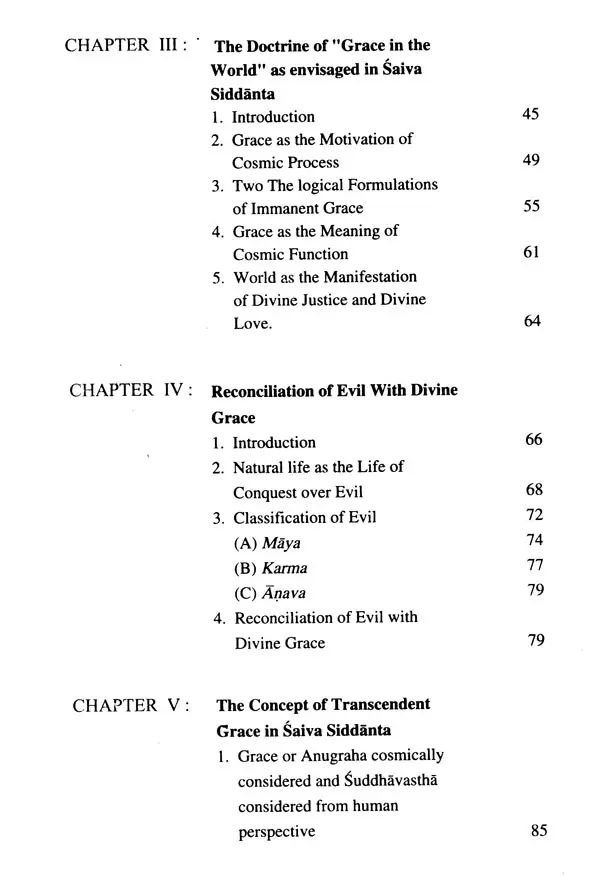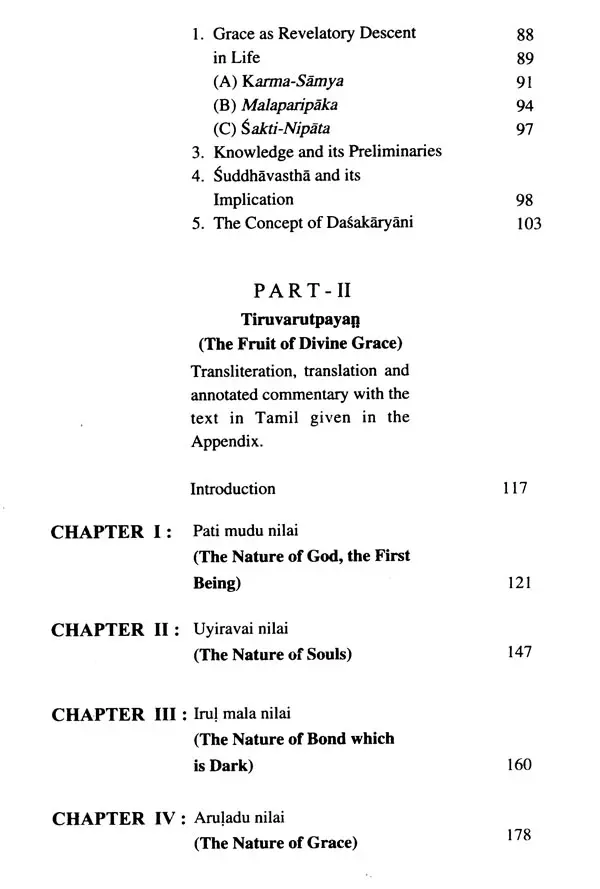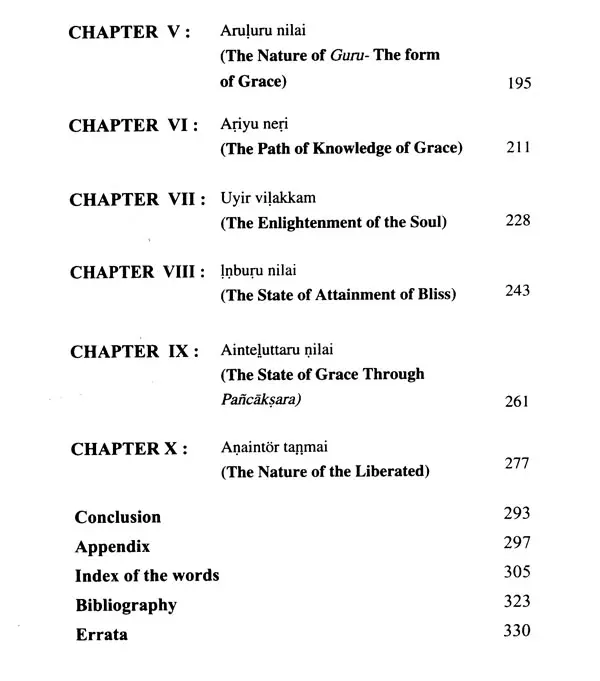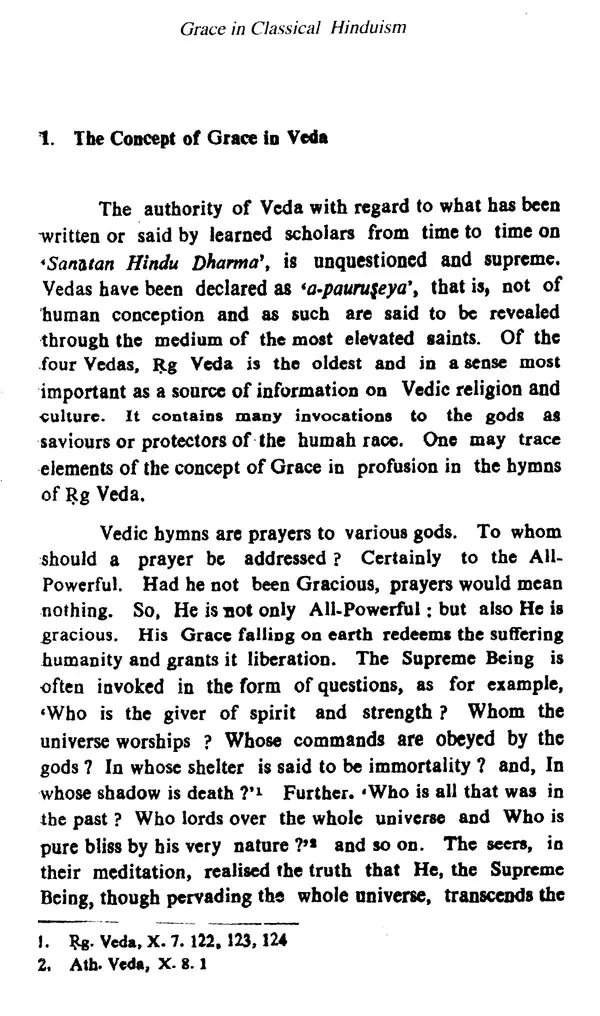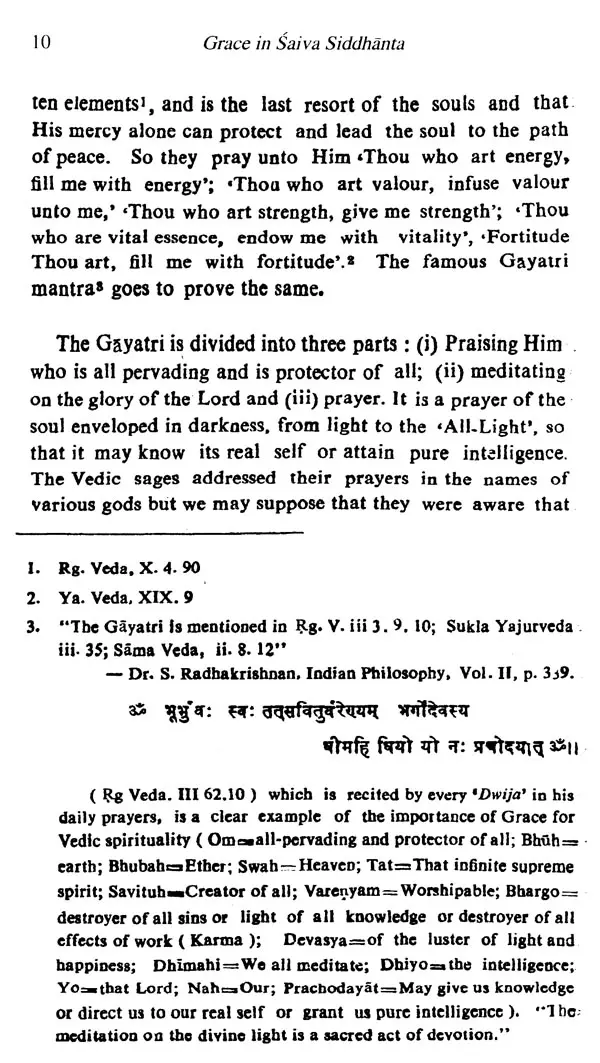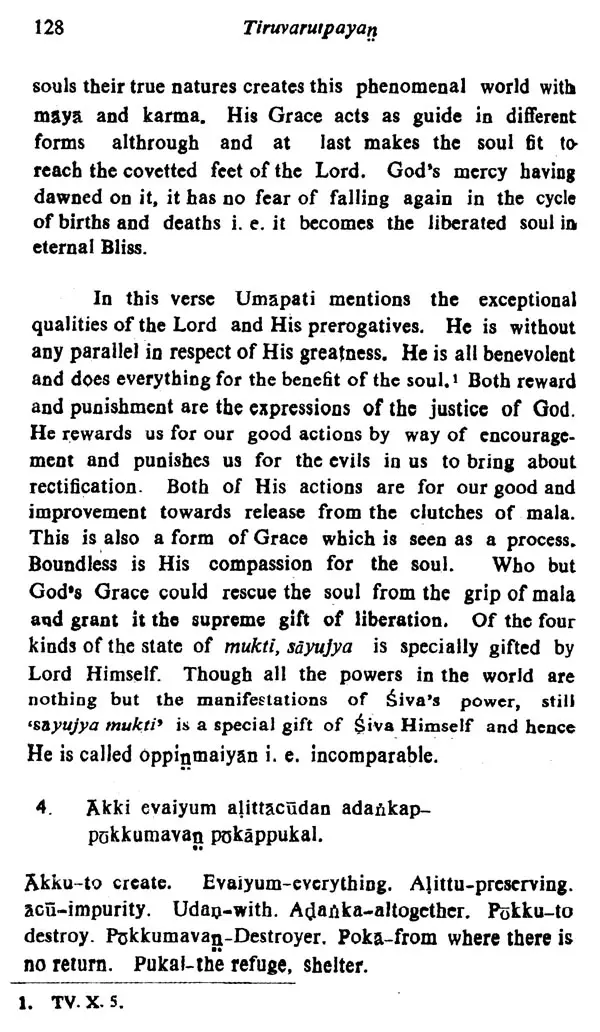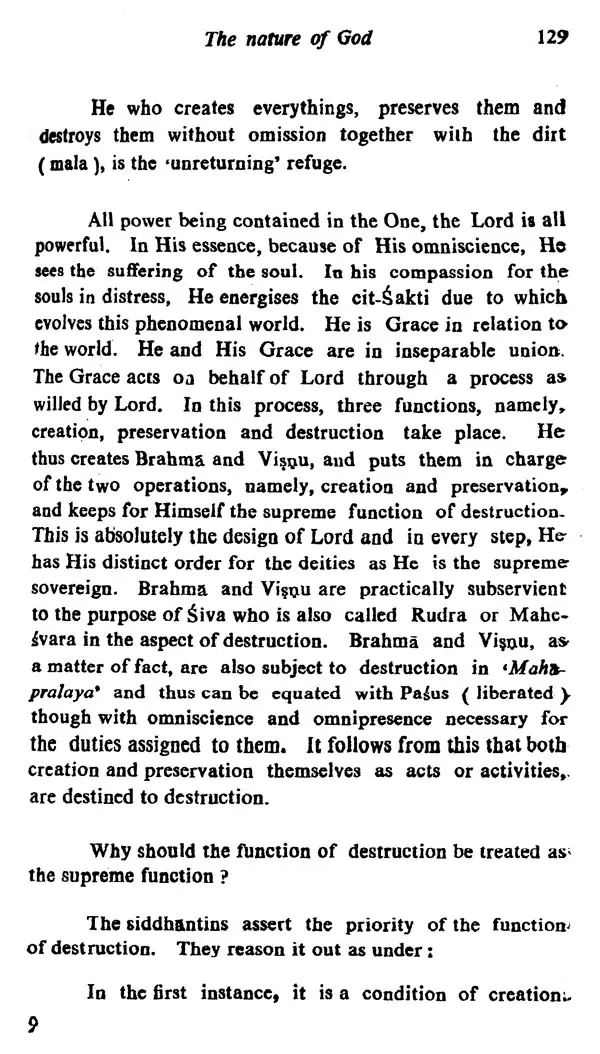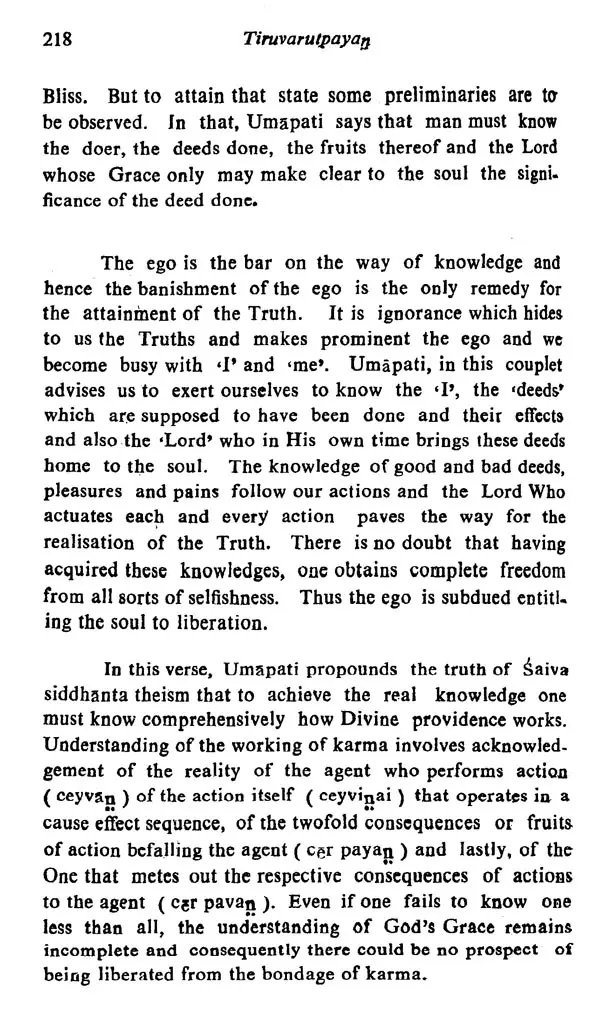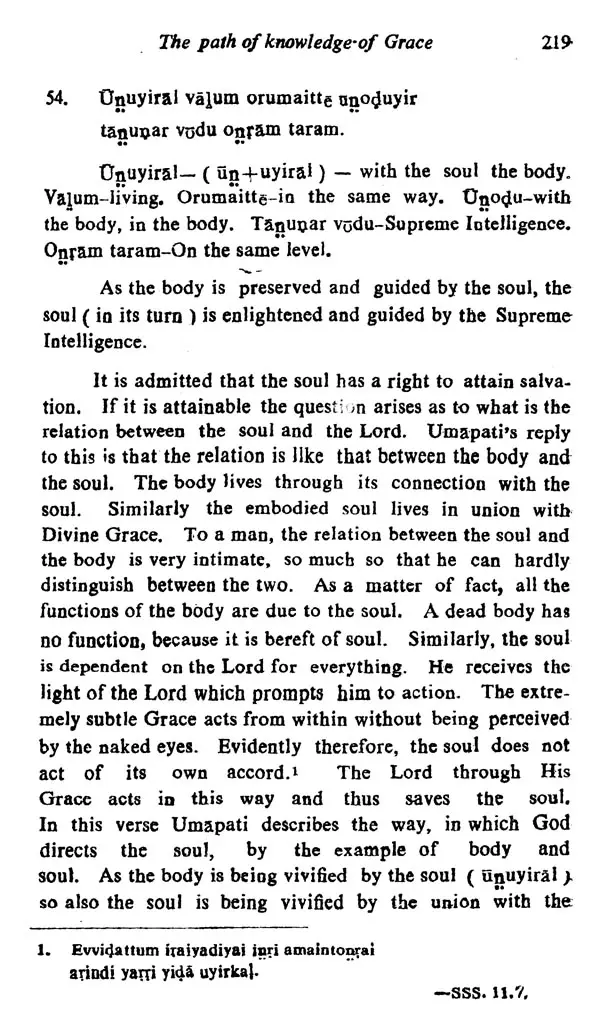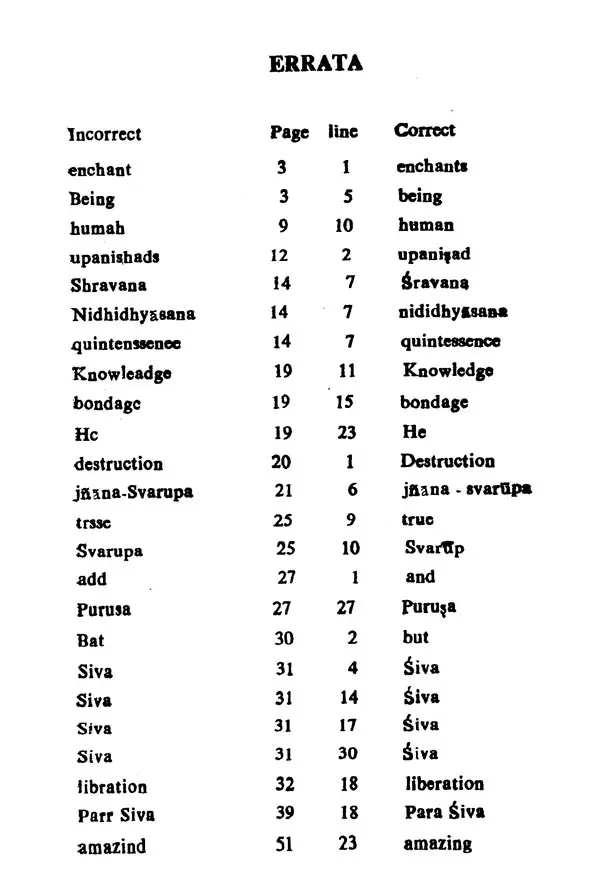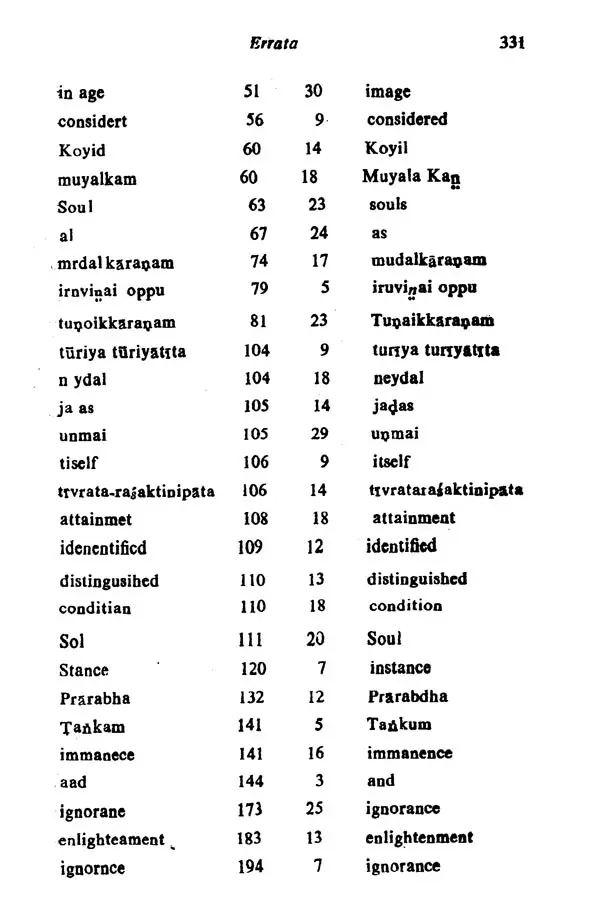
Grace in Saiva Siddhanta- A Study of Tiruvarutpayan
Book Specification
| Item Code: | UAJ324 |
| Author: | Rama Ghose |
| Publisher: | Shree Publications, Varanasi |
| Language: | English |
| Edition: | 2017 |
| Pages: | 352 |
| Cover: | HARDCOVER |
| Other Details | 9.00 X 6.00 inch |
| Weight | 520 gm |
Book Description
, Saivism is one of the chief religious cults of India. The study of Saivism in its entirety is a life task. Thus the author chose a particular aspect which is a great gift of Saivism namely 'The grace in 'Saiva Siddhanta.' The verdict of Saiva Siddhanta on grace is very forceful so much so that it is deemed as the greatest achievement in life.
The book offers in the fir t part a general study of grace as envisaged in Saiva Siddhanta.
Then in its second part it offers the most glorious work on Grace 'Tiruvarut Payan' by Saint Umapati Sivacaryar with translation and explanation. The text in Tamil is also there as appendix. There is no doubt that the book is an asset for all the religious minded people of the world, because all the theistic religions universally admit the importance of Grace of God for liberation from bondage.
Tirumular identifies Sivan with Love (Shamanism). Love is God. It is no wonder that by the fourth century B. C. the worship of Siva had become generally accepted. Megasthenes, the Greek ambassador to Seleucids, recommended two deities worshipped in India, namely. Kriol' and Siva, Dtghaniksya, a Buddhist scripture, refers to' Siva under the name of Upasna. Patanjali, the Sanskrit grammarian speaks of Siva Bhagavatas. Siva image has.
was found in coins 'belonging to the beginning of the Christian era.
it seeks to understand the relation of man and God, the .non-dual character of which is the central brume of Vedanta By seeking to interpret no duality ( Candara) in terms of a distinguishable and experience able character trait of God describable only as what is identical with its essence the tradition Saiva Siddhanta justifies its claim to be a clarification of the deeper meaning of Vedanta.
While thus the notion of Grace as integral to an 'understanding of the nature of God is unique to Saiya 'Siddhanta, the notion itself is not without its antecedents in . the Indian religious literature including what are looked . upon as the foundational source material viz. the Vedas.
Even a cursory look at them with show how replete they are 'with theistic ideas which bear 00 the various dimensions of -divine disposition toward man and the world, called divine . Grace. The emersions thesis is that the Grace of God is the -cause of the freedom of man. as clearly foreshadowed in xiv one of the Upanisads (Svetavatara). The Itihisas (e. g. (e. g. Vtayavrya Sajabita) develop this idea against a- cosmological and stereological setting. Saiva Siddhanta literature, however, makes this idea, the heart and essence of its theological speculations. The- existential roots of the idea which make Grace less an idea or concept but more of a symbol of religious life are provided! in the Lives and works of the canonical Saints of the tradition, the corpus of whose writings described as the sacred codification ('Tirumurala') represents its more immediate' spiritual base. Though Jingoistic formulation of the idea by use- of a verbal noun (carol) derives from the older Tamil Ternary tradition. The expression for Grace originally an auxiliary to a verb In the second person importing request' petition, is a reification, meaning, act or acts done gratis, devoid of motive of a self. seeking kind One of the' important Tamil texts (which incidentauly serves as a· model in form and style for the Saiva-Siddhanta Text on' Divine Grace herein translated) brings the idea in to' express relation with human love, calling crack'. the child of clove' (tarulennum an bin kunai":
Tirukkural. The Kosa of love becomes deepened and widened to the extent of encompassing the entire order or creation thus rendering 'grace' more cosmotheandric in significance. This enriched understanding of though sense or Oracle through linguistic and Tamil literary heritage forms the tore of the aforementioned Saiva Siddhanta Text as.
Grace is an unexpected, undeserved and unearned- mercy, a free gift, an unmerited boon which helps the man in spiritual Endeavour and thus pushes him towards the ideal-the goal of human existence. Grace is always with us. The mystery. spoken about, lies on how Grace acts on the 8OU1.1 It are imminent in the world. It unveils the mystery of God's intense I’ve for us and His presence hi us. It is the power and warmth of God's love that prepares us from within two took up to Him again. Due to Grace man turns towards Him in sorrow. His Jove draws us closer. to Hemet Med inherit certain qualities from Him. All the gracious acts that men do arc due to the inspiration of His G1'8ce.1 The concept of Grace has played a very important part In theolo, 8y, The word 'Grace' originates from the Latin great expels in Greek. Though the theologians have used the word 'gratia' in a different sense still both the Latin -gratia' and the English 'grace' arc pregnant with ideas and rich in subtle gradations of emotion and thought. The Latin Vulgate has used -gratta' to translate the Greek word «heroes" which actually conveys the idea of favor or gift. The enjoyer of this favor does not give any earnest effort for it. It is a free gift which comes.
by favor and not. by effort or merit. On the side of the giver, Grace or favor is an un-obligatory gift-given gratuitously or gratis, the Latin word for it, and on the -W: of the!' receiver it is an undeserved boon on which he has no claim.
Book's Contents and Sample Pages
